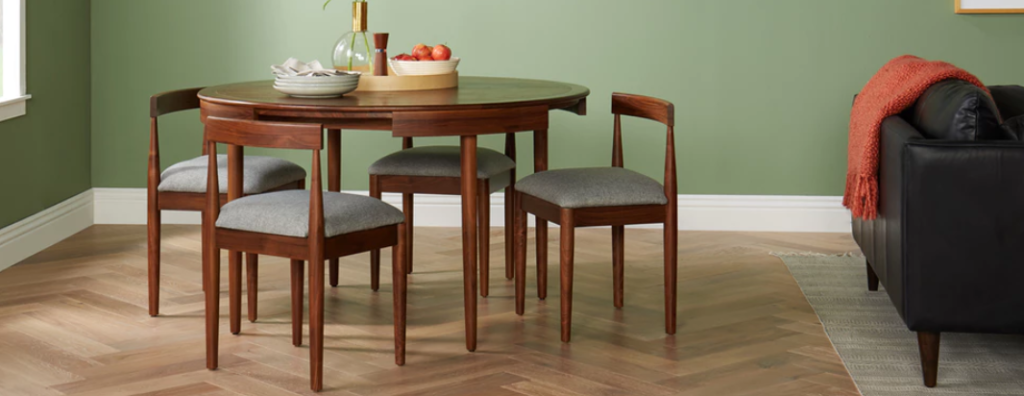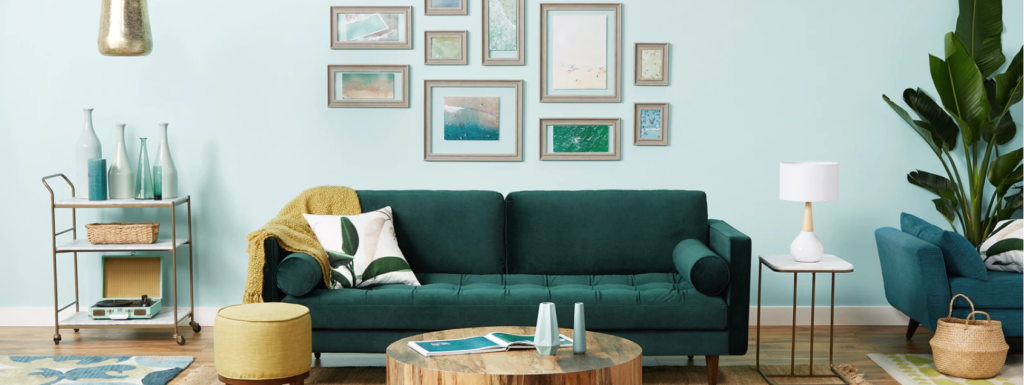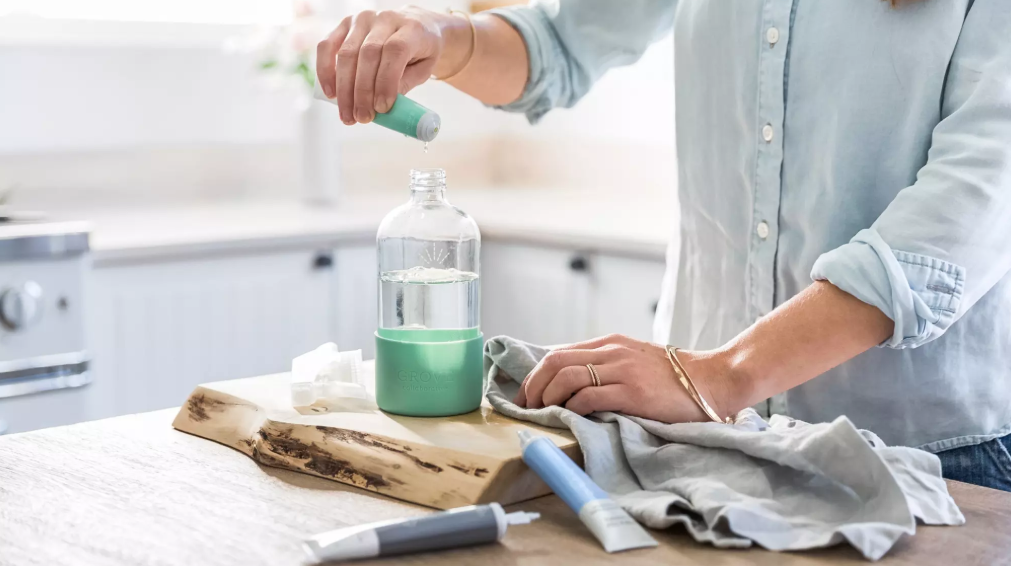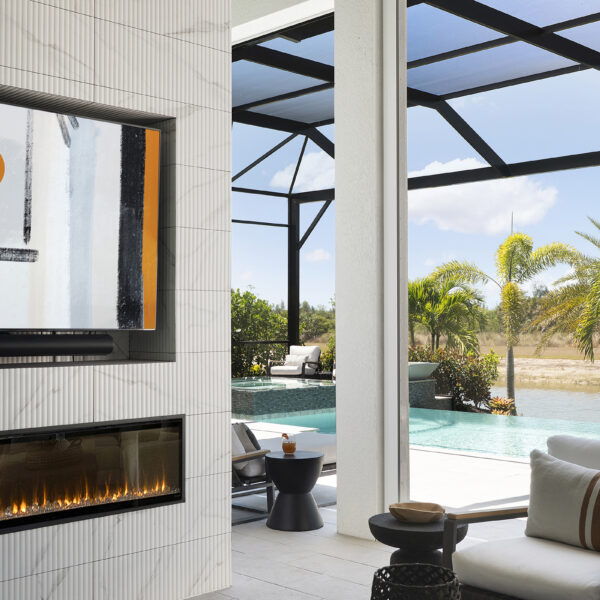Our homes are our most sacred spaces. It’s where we wake up each morning, return to after a long day at work, prepare meals, play with our children, entertain friends, find peace, create memories, and lay our heads each night. That’s why, as designers, it’s important for us to educate our clients (and the world in general) this Earth Day about choosing smart products to bring into your home and to protect you and your family’s sanctuary.

The most common qualifications for consumers when furnishing their homes are comfort, aesthetics, and durability. Sustainability is often forgotten or not a priority. We would like to change that because choosing products that are long lasting and safe for you and your family is important. The reality, which many people don’t think of, is that the furnishings and finishes we bring into our home affect our indoor air quality, i.e. the air we breathe inside our home. This is especially important in Minnesota when we aren’t bringing fresh outdoor air via windows into our homes most of the year due to weather. We have a couple tips to consider when making changes in your home. Buckle up, this is going to be an informational one!
INVEST TO LAST
Especially for large pieces of furniture, such as sofas and armchairs, buy quality products that are going to last a long time. Some large retailers’ products have a “five year cycle.” For example, you buy a stylish armchair from a large retailer compared to designing a custom piece. The retailer’s armchair is built from cardboard, engineered wood (i.e. particleboard or MDF) and cushion stuffing and upholstered in low quality fabric. The chair is going to wear and sag faster, even with moderate use. Once the retailer’s chair is worn and you no longer want it, it heads to a landfill and you buy a new armchair (preferably at their store) and the five year cycle begins again. Especially for large pieces like this, ask your designer or salesperson how and what their furniture is constructed of. It should be a solid hardwood frame construction, spring support system, down cushions, and quality upholstery using natural fibers. Also, select pieces that will sail through the trend waves and remain a classic.
Tip: if it comes in flat packaging and you have to assemble it yourself, it’s likely made of mostly MDF and not made to last.

MINDFUL SELECTIONS
Not all fabric and furnishings are created equal, or cleanly. Each time we bring a new furnishing or finish into our homes, we’re also bringing in volatile organic compounds (“VOC”s). VOCs are found in household products including glues and adhesives, fabric finishes, household cleaners, carpeting, furniture varnish and paint. Formaldehyde is one of the most common carriers of VOCs into our homes. VOCs turn into gas quickly, especially with increased heat, and “off-gas” toxins into the air we breathe. These toxins can be attributed to nose, throat and eye irritation, shortness of breath, headaches, dizziness and nausea, and skin problems. To avoid bringing these toxins into your home, look for paints and building materials labeled with low-zero VOC, Greenguard certifications, and let your new furniture air out for a few hours outside or in a garage before bringing them indoors.

GREENWASHING
Be wary and conscious of greenwashing. Greenwashing is when a company or product makes claims to appear more environmentally friendly or “green” than it really is to consumers. For example, a dish soap company claims it donates a portion of their product sales to helping wildlife but, on the other hand, their parent company is notorious for deforestation and the chemicals used in the dish soap is harmful to aquatic life once washed down the drain and put into rivers and streams. Especially with household cleaners, do some research in the product’s ingredients and company practices. Most surfaces and messes in your home can be cleaned with warm water and soap, which eliminates the need for additional cleaners. One company we’re fans of is Grove Collaborative, a B Corp certified company that sells non-toxic, sustainably made household products. Many of their brands can be found at your local store.


PLASTIC IS UGLY
Not only is plastic ugly aesthetically, it’s harmful to our bodies, our homes and our planet. When shopping for new furniture and materials for your home, take a moment to find out what that item is made out of. Opt for natural fibers such as wool, cotton, jute, linen, hemp, and silk. Instead of plastic, shop for wood, metal or glass alternatives. Plastic-free versions are always prettier anyways.
Our hope is to educate you this Earth Day about the products you bring into your home and ways to make sustainable choices for you, your family, and this planet we all share. The custom-upholstered furniture lines that we carry at Interior Impressions all meet our high expectations of quality construction, good materials and low VOCs. It’s our job and business to sell you new, but we also respect and love the challenge of reducing and reusing. Let’s collaborate to create a healthy home together!
Written By: Katie Dean Miller

Leave a Reply